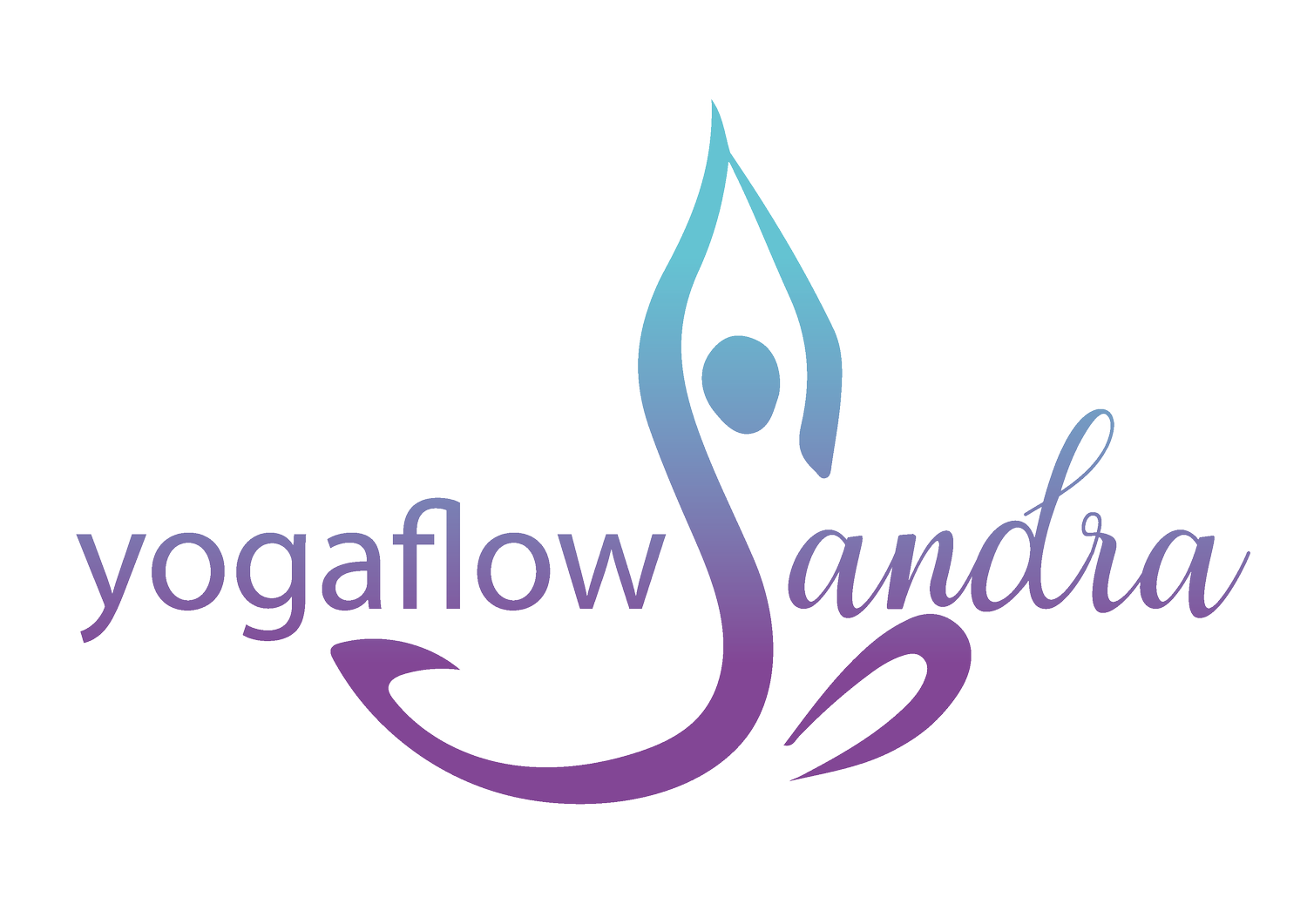My premise here is ‘do yoga, it’s good for you’.
I could leave it at that, but I think you might feel a tad short changed. Instead, I’ve gone to the opposite extreme and have sought out evidence: research papers, yoga texts, and even cues from nature as proof for 4 alleged benefits of yoga.
In searching for the scientific evidence, I may have fallen into the confirmation bias trap, which I explore in my blog Confirmation Bias -read here, but I have decided that my statement ‘do yoga, it’s good for you’ stands.) Here is why.
1. Yoga improves your flexibility.
You’d be surprised how many times I hear "I can't do yoga because I'm not flexible". But isn't that the whole point? It's like saying you can't play the piano because you don't know which keys to press. Learn and practice, eventually you’ll play a sonata or touch your toes.
Try this: Begin with the Sun Salutation, (here is a video how to do it). It’s a great sequence as it uses all the big main muscles of the body. It has forward bends, backward bends, and stretches, basically the whole shebang. It’s a perfect starter to boost flexibility.
The proof
Science: In a 10-week study with 26 male college athletes, those engaging in biweekly yoga sessions demonstrated significant improvements in flexibility and balance. Specific poses like downward dog and right foot lunge showcased enhanced joint angles, indicating that regular yoga practice elevates performance in activities requiring flexibility.
Yoga Text: "Asanas (poses) bring steadiness, firmness, and relaxation to the body." The Yoga Sutras of Patanjali Sutra 2.46
Nature's Cue: Look at the innate grace of a cat as it instinctively engages in stretches, the very essence behind the yoga "cat-cow" motion. The cat’s natural flexibility mirrors the way yoga enhances our range of motion and encourages suppleness.
2. Yoga makes you stronger
Contrary to a common misconception that yoga is all gentle and floaty, if you've attempted for example Chaturanga Dandasana (Four-Limbed Staff Pose) you’d know this idea is codswallop. Many of the poses require strength (at times gentleness and floatiness too).
There is also the other aspect of strength: inner strength. Many of the poses are movements that take us out of our comfort zone and require courage. You need both physical and mental strength to persevere.
Try this: Come into a plank position (either with the knees on the floor or full plank) and hold for 10 seconds. Every day increase by 10 seconds. What makes you give up first? Your mind or your body?
The proof
Science: In a controlled pilot study on patients with Parkinson's disease, a specially designed power yoga program demonstrated significant improvements in bradykinesia, rigidity, one repetition maximums (1RM), and power in leg press. This indicates that power yoga effectively enhances muscle strength and power, contributing to improved physical function and quality of life.
Yoga Text: "Through the constant practice of asanas, one attains strength and steadiness." The Hatha Yoga Pradipika
Nature's cue: Consider the ant, diligently carrying loads multiple times its body weight. The repetitive nature of its actions builds incredible strength over time.
3. Yoga reduces Stress
We often see stress as a bad thing, but it is being in a constant state of stress that is ‘bad’. Our over stimulating world keeps us in a semi-permanent state of ‘fight and flight’. When we practice yoga, there is a dance between invigorating challenges and soothing reprieves, guiding the body from fight-or-flight to a state of calm in a rhythmic flow.
Try this: Use Savasana (Corpse Pose) as your pause button whenever you need. Lie down, if possible, for a mere 2 minutes, focusing solely on steady breaths. Just 2 mins can calm the nervous system, reducing stress.
The proof
Science: A recent review explores how yoga influences our stress responses. Covering 42 studies, the research focused on yoga poses (asanas) and mindfulness-based stress reduction, comparing them to active control groups. Results concluded that yoga practices, especially those featuring asanas, were linked to reduced stress markers like cortisol, blood pressure, and heart rate. This suggests that incorporating yoga into your routine might just be the key to a more regulated stress system.
Yogic Text: "In the stillness of your mind, find the sanctuary of peace." - The Upanishads
Nature’s cue: Consider the ebb and flow of the ocean tide—an undulating of energy rising and falling. Just like the waves find their rhythmic balance, yoga guides us through the undulations of stimulating movements and calming poses.
4. Yoga Improves Posture
Stay exactly as you are. Don’t move a muscle. What is your posture like? How long have you been in this shape? Is it a good position to be in?
Modern sedentary lifestyles and increased screen time have been associated with a rise in poor posture, with studies indicating that people today spend, on average, significantly more hours in positions that contribute to postural issues compared to previous generations. (We don’t wear corsets anymore to even pretend that we are upright.)
Try This: The next time you find yourself loitering … idling at the bus stop or standing in line, stand in Tadasana (Mountain Pose). (Yes, you may look slightly odd, but it’s this or wearing a corset!) Distribute your weight evenly on both feet, tune into the natural alignment of your spine, and create space in your body. It's not about suggesting this as the perfect posture for all occasions; rather, it serves as a mindfulness exercise to heighten awareness of how we unknowingly slouch, droop, and contort ourselves throughout the day.
Science: A meta-analysis examined 33 randomized controlled trials involving 2384 participants to assess the impact of yoga-based interventions on frailty in adults aged 65 years or older. Frailty markers encompassed gait speed, handgrip strength, balance, lower-extremity strength and endurance, and multicomponent physical performance measures. The results suggest moderate-certainty evidence that yoga, in comparison to education or inactivity, enhances gait speed and lower-extremity strength and endurance.
Yogic Text: "One should be seated in a comfortable posture, firm and steady, with the neck, head, and body in a straight line." - Hatha Yoga Pradipika
Nature’s cue: Consider the soaring flight of eagles or other birds. Their outstretched wings and elongated bodies and a seamless connection with the surrounding air—a testament to the benefits of maintaining a lifted and expansive posture.
Do yoga, it’s good for you.
I could go on with more benefits of yoga: enhanced mental well-being, balanced hormones, improved respiratory function, better cardiovascular health, increased mindfulness and concentration, pain management…
Or I could say things such as it’s fun, empowering, cathartic, transformative, joyful…
But this piece would turn into an epic tome. Instead, the point is: DO YOGA, IT’S GOOD FOR YOU.

